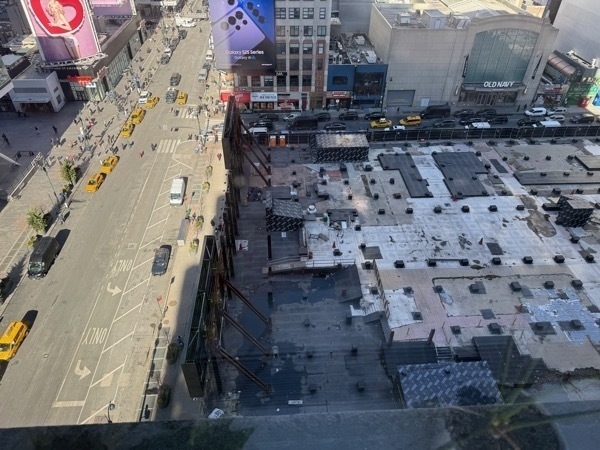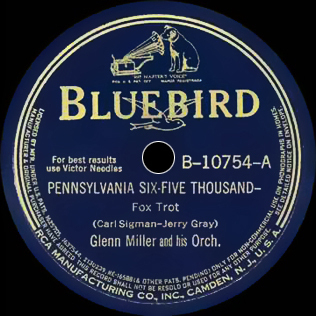it's election time again
Now that we’re having another Ontario election, I have my list of Basic Questions from the 2018 election ready in case anyone knocks on my door. I think you should know some basic facts about Ontario if you want to govern.
So, candidates, get ready, I’ll even give you the questions in advance:
(In 2018, nobody knocked, perhaps wisely.)
I don’t get how replies work here on micro.blog. I have Add reply text box on post page checked, but I don’t see a reply box on posts. Well - I do on some of the old posts, but not all of them, and (I assume) not this one. Hmm.
Perhaps my final team meeting
I could never say enough good things about my work colleagues and friends. 32 years ago I had no idea that my dream job actually existed, but it turns out, it does, and it’s working with this gang. It was great seeing everyone in New York this week and I’m happy they could meet Photographer Cathy too!
Y’know, it’s one of the odd things from working at home, which I’ve done the whole time (albeit with a LOT of work travel.). You get so used to video chats via WebEx and Zoom that you almost forget what it’s like to see people in three dimensions, and eventually you realize that your wife has hardly ever actually met anybody you work with. I’m glad I had that chance this week.
I’ve never really been a fan of hugging people at work but I made a lot of exceptions to that policy this week. (Cathy did too, but she’s always like that.)
Thanks, team. You’re all the best.

ps. wait, what, am I retiring? Well, yeah. Soon.
Pennsylvania 6-5000, theme and variations
an empty lot in manhattan today
Work took me to New York City this week, and I was a little sad to see this sight out the office window in Manhattan -

That’s the former site of the grand Hotel Pennsylvania, built in 1919 but demolished in 2023.
the famous phone number
You know that hotel! You know its phone number! Well, I do, and anybody who’s ever played in a big band surely knows the number 736-5000 - which, of course, in the way phone numbers were pronounced in the mid-20th century, where you gave a two-letter exchange followed by the rest of the phone number, was PE6-5000, or of course Pennsylvania 6-5000.
That’s possibly the most famous hotel phone number in the WORLD, because in 1940, Glenn Miller’s band was playing at the hotel’s Cafe Rouge. Inspired by the phone number, Jerry Gray and Carl Sigman wrote a
big band classic where the band sings the phone number.
Everybody played this song, although nobody sang the full lyrics - the band just shouted the phone number.
Movies about math
I’m enjoying the Apple TV+ thriller “Prime Target”, about a mathematical genius who is apparently on the verge of some breakthrough about prime numbers and somebody wants to take him down because he’s going to break all known crypto or something - and it’s kind of silly and fun, but it make me wonder:
Hollywood should make a biopic about legendary, and extremely quirky, mathematician Paul Erdös. That’d be fun.
Erdös got an honourary degree from Waterloo and spoke at my graduation in 1981. I remember how he started, something like …. “I flew from Hungary, to the USA, to Waterloo, and after this I’m going to California, then Japan, then back to Hungary … so I’m going 360 degrees around the world to get one degree.
361 degrees.
Now that’s an interesting number. 361 is 19 squared. I remember when I was 19, and …”
Tom Green's A Canadian
This “I’m a Canadian” song by Tom Green is by far not the dumbest thing he’s ever done.
Blog Migration a qualified success
fingers crossed, I think I have got all the DNS bits worked out so that my old wordpress blog is, for now, oldblog.hayman.net (but I’ll be decommissioning that soon) and WELCOME TO THE NEW AND IMPROVED blog.hayman.net !
I’m liking micro.blog so far but still finding my way around the documentation.
cheaters everywhere
Musk cheating at video games - shouldn’t surprise anybody seeing as how he’s pals with Trump, who cheats at golf.